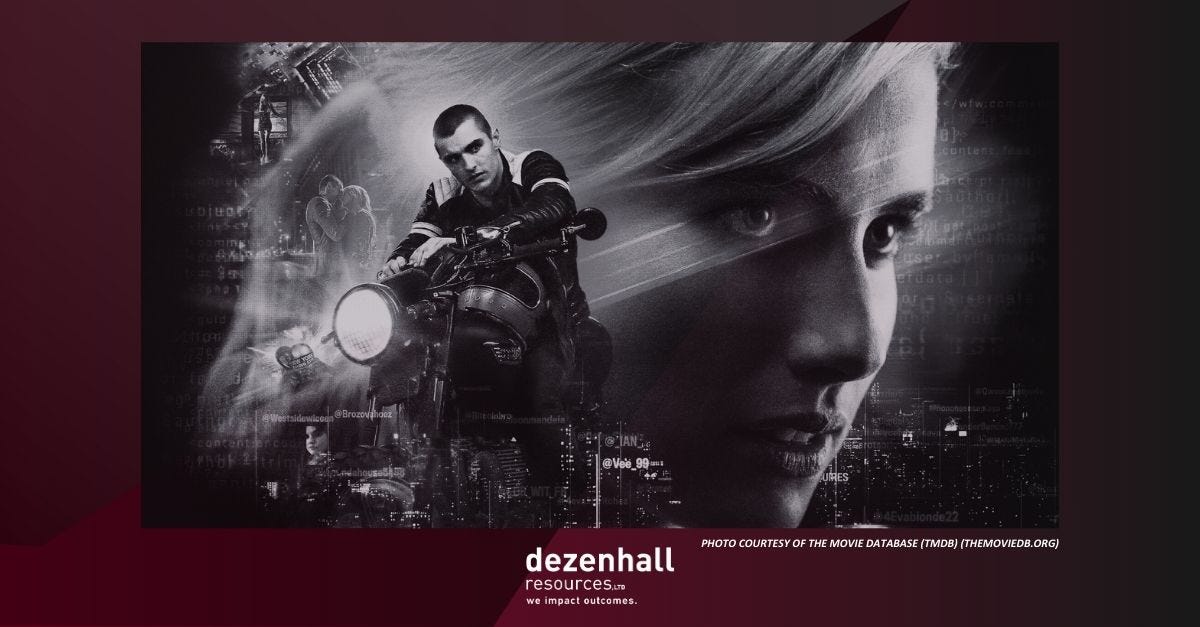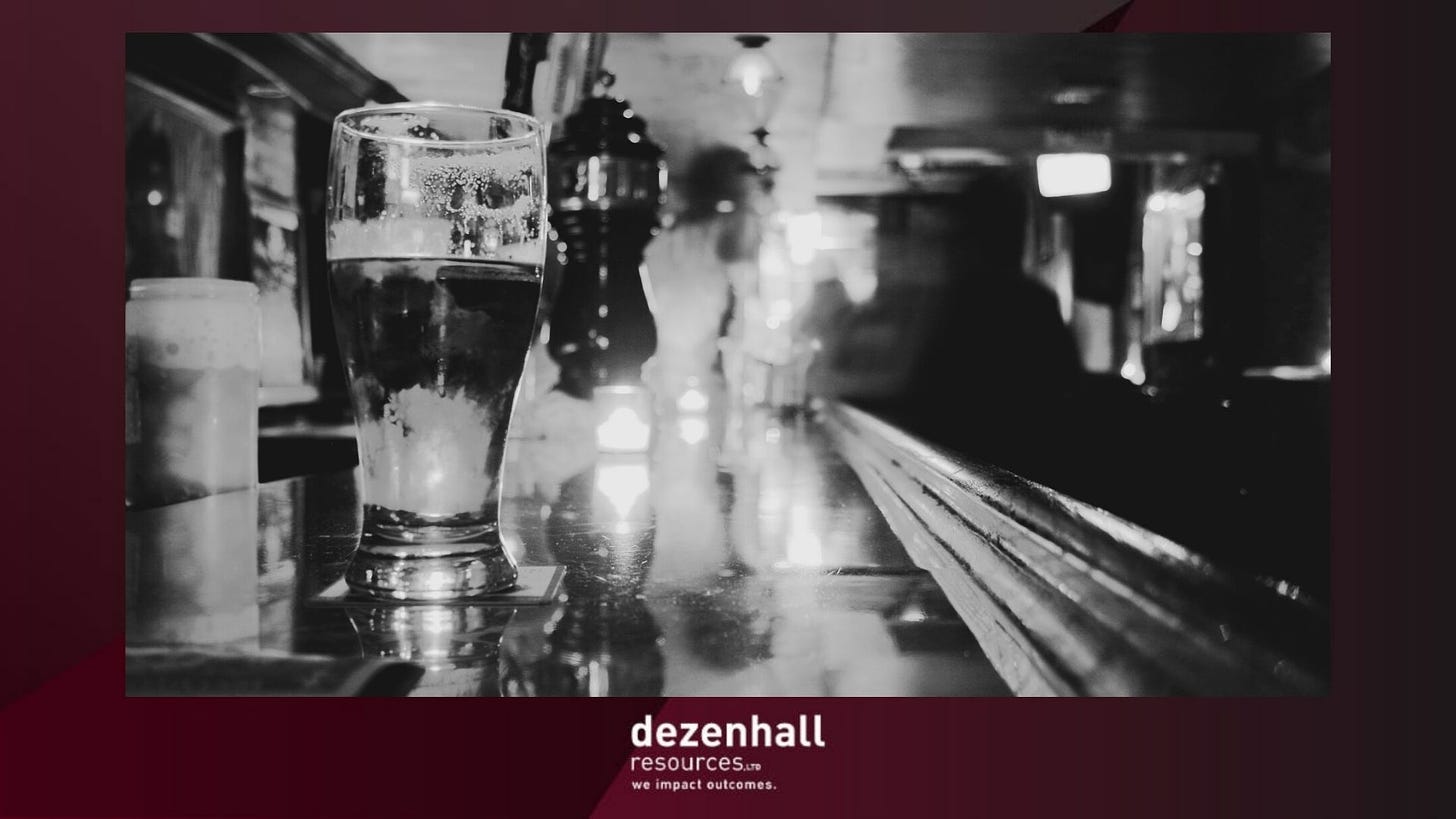Watcher or Player? The Evolution of Brand Presence on Social Media
Movies like Nerve and Unfriended: Dark Web, depicting the horrors of what anonymous Internet users are capable of and just how dark the dark web can be, peppered the entirety of my college experience. Nerve, starring Emma Roberts and Dave Franco, came out in 2016 and is one of my favorite movies to this day.
I’m flagging right now that there are spoilers ahead, so if you still haven’t seen it and don’t want to know how the movie ends, go watch it and come back after to read why Nerve continues to be relevant today.
In a citywide game of dare, Nerve consists of “watchers” who pay to stream the “players” as they attempt challenges that become increasingly embarrassing or dangerous with the goal to knock players out of the game. Players film the dares they are given, while watchers basically livestream each challenge, commenting and voting in real time on what they want to see next. Every time a player completes a dare, a monetary prize is deposited straight into their bank account. The more embarrassing or dangerous a dare, the higher the payout for completion. Players are eliminated from the game when they either fail or bail.
By the end of it, the two players left, played by Emma Roberts and Machine Gun Kelly (MGK), find themselves in a coliseum surrounded by anonymous, and apparently bloodthirsty, watchers. It’s a fight to the death, and the last one standing wins the game and a huge cash prize. Instead of committing murder, Emma and MGK work with hackers to de-anonymize the watchers, eventually scaring them into shutting down their Nerve profiles so the remaining players can escape the game.
Why am I telling you the plot of a movie that came out nearly a decade ago? We’re seeing Nerve play out in real life on a societal level. Before COVID-19 and the rise of TikTok, it was relatively hard to become an influencer. There weren’t many platforms that creators could monetize in a way that would allow them to quit their day jobs and create content full-time. Outside of Vine (may it rest in peace), YouTube and Instagram were really the only ones, and they took A LOT of work to grow on because of their algorithms and the nature of the type of content they prioritized (long-form, highly curated = expensive, and time-consuming to produce).
When COVID-19 hit and people were spending more and more time at home and on their phones, TikTok took off, thrusting normal people into the limelight overnight. Addison Rae and Charli D’Amelio are just two examples of regular kids who became some of the most recognizable teenagers in the world over the course of a few months.
Sensationalized, outrageous content is often what goes viral, and in the quest for virality (and bigger paychecks), many creators have fallen into the trap of thinking bigger, crazier, and louder is always better. I’ve seen TikTokers purposefully do, say, or spell something wrong to generate comments from the usually faceless commenters. Other TikTokers, like Drew Afualo, have made their own fame and fortune by clapping back at the haters, faceless or not.
Gen Z is ruthless in the comments, quick to cancel, and not willing to forget perceived transgressions. These “watchers” or keyboard crusaders are just like the watchers in Nerve — as long as they stay anonymous, they’re happy to be as cruel as they can get away with.
In the past few years, brands that have strong social media teams have taken on the role of “players” alongside creators, influencers, and celebrities. A smart strategy for some is a nightmare for others, as social media virality can be a blessing and a curse. Brands curate content for their target audiences, oftentimes with little thought to the fact that the world could be watching too. Increased exposure is great until there’s a misstep and people are calling for your head. For example, what would have happened if the challenges from Nerve were seen by everyone instead of only the walled garden audiences paying to stream outrage? The masses would have called to terminate the game that was endangering the lives of teenagers. But brands don’t exist in these kinds of silos on social media. For that reason, companies have to be wary about succumbing to the desire to create that bigger, louder, crazier content to generate more engagement at the cost of their reputation. Remember the Pepsi-Kendall Jenner ad or the more recent Bud Light-Dylan Mulvaney partnership gone wrong?
This happens most often when players are out of touch with the watchers. From politics to advocacy to marketing, every persuasion campaign should start with who the target audience is, but it also shouldn’t leave out how others will respond to a campaign. Viral moments aren’t predictable. However, preventing social media firestorms is not only possible but also good crisis and reputation management. It starts with risk identification of your social content. Is there a specific community that this will marginalize? If someone sees this out of context, how will they respond? Will it affect our bottom line or our overall brand image if we offend X, Y, or Z communities or audiences – and is it worth the risk? Safeguarding your reputation and defending against the (oftentimes) bloodthirsty watchers means prioritizing your target audience, yes, but also knowing what will piss off the general public and if you care.
In some cases, this can be used to your advantage. Look at Goya back in 2021, when their CEO praised President Trump for signing an executive order that launched a Hispanic Prosperity Initiative, through which Goya was donating food to U.S. food banks. The social media backlash was huge – many called for a boycott of Goya products, but it backfired. Goya reported higher sales even with the boycott, their target audience likely doubling down alongside new consumers who were Trump fans buying the brand in solidarity with the CEO.
Moral of the story – social media is a weird, dystopian universe where brands need to think through how it fits into their greater communications and marketing strategy. Of all parts of integrated communications and marketing plans, social media is the one piece that requires the most balance between potential risk and reward. As players, it’s important to complete the dares, do the fun things, risk bold collaborations, and have big ideas, but know that watchers are watching, and they’re sharks ready to circle when they smell blood.



